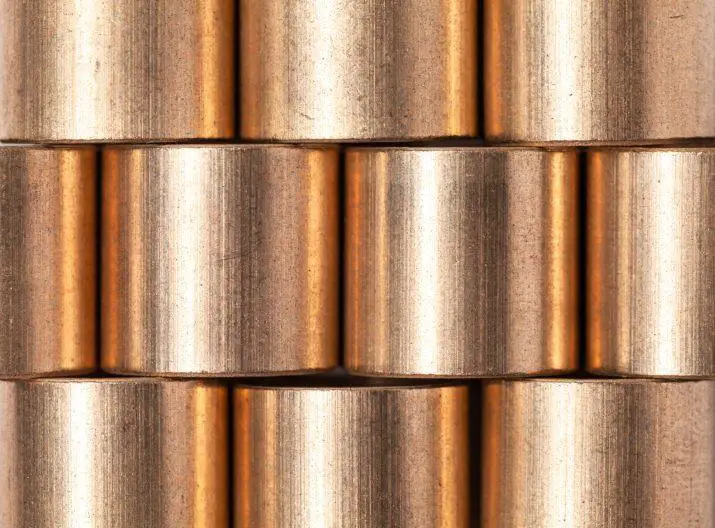Bronze has been a part of the human experience for thousands of years, and its use as a metal remains pervasive even in the present day. While it may not be considered precious like gold and silver, bronze is an invaluable material with unique properties and purposes.
Is Bronze a Precious Metal?
No, Bronze is not precious metal. Nine precious metals are iridium, rhenium, ruthenium, rhodium, palladium, osmium, platinum, silver, and gold. Bronze does not have high commodity price levels, such as precious metals.

Bronze is an alloy made from copper and tin, though its composition can vary slightly depending on its intended application. It is known for being extremely strong and durable, making it ideal for use in items that require long-term strength and hardiness, such as tools, weapons, coins, sculptures, statues, and many other objects. The natural patina of bronze also gives it an appealing aesthetic quality, making it desirable in various applications such as jewelry.
Regarding value, bronze is not typically given the same consideration as gold or silver. This is because it does not have the inherent rarity that precious metals like these possess; however, this does not mean bronze has no value whatsoever. Its strength and durability make it a highly sought-after material in many areas, such as engineering and architecture; when used correctly, bronze can often significantly improve a building’s longevity or performance capabilities. Many consider bronze to be priceless due to its numerous uses.
Bronze features
- Good appearance: Bronze has a warm yellow color and is often used for its attractive appearance in decorative and ornamental applications.
- Good mechanical properties: Bronze has good mechanical properties, making it suitable for structural applications and as a bearing material.
- Corrosion resistance: Bronze has good corrosion resistance, making it suitable for harsh environments.
- Good machinability: Bronze is easy to machine, making it suitable for producing turned parts and other machined components.
- Versatility: Bronze can be used in various applications, including decorative and ornamental applications, structural applications, and as a bearing material.
- Recyclability: Bronze is highly recyclable, making it an environmentally friendly material.
- Good wear resistance: Bronze has good wear resistance, making it suitable for applications where wear resistance is essential.
- Good flexibility: Bronze is ductile, making it easy to form and shape into various products.
Bronze is an alloy composed primarily of copper and tin. It has a long history of use and is known for its good mechanical properties, corrosion resistance, and attractive appearance. Worldwide, bronze is produced in large quantities, with the majority of production in Asia.
China is the largest producer of bronze, with an estimated production of over 1 million metric tons per year. Other significant producers of bronze include Japan, South Korea, Russia, and India. In Europe, the United Kingdom, Germany, and France are substantial producers of bronze, while in North America, the United States and Canada are the leading producers.
The production of bronze involves melting the copper and tin and casting the alloy into the desired shape. The resulting bronze can be used in various applications, including structural applications, as a bearing material, and in decorative and ornamental applications.
Overall, the demand for bronze continues to grow, driven by the need for high-quality, corrosion-resistant materials in various industries, including construction, automotive, electrical and electronic, and aerospace.
In addition to its industrial applications, bronze has historically been associated with religious ceremonies or symbols worldwide due to its coloring resembling human skin. This ties into its vast array of cultural applications throughout history, from weaponry used by ancient cultures to represent wealth and power to intricate sculptures created for artistic expression or spiritual worship across many cultures over time.
While bronze may not be classified as a precious metal on par with gold or silver due to its lack of rarity compared to these materials, this does not mean it should be undervalued. The strength and versatility of bronze have made it one of the most popular metals in history, which only stands testament to how important this material is both now and throughout our past civilizations – making it priceless!
If you like bills and coins, you should learn more about Gold and Silver IRAs. You can protect your retirement fund if you invest in IRA precious metals. Investors with gold IRAs can hold physical metals such as bullion or coins. Get a free pdf about Gold IRA.
GET GOLD IRA GUIDE
If you do not want to own them in physical form precious metals, you can trade gold, silver, and metals as CFD with the minimum commission:
























